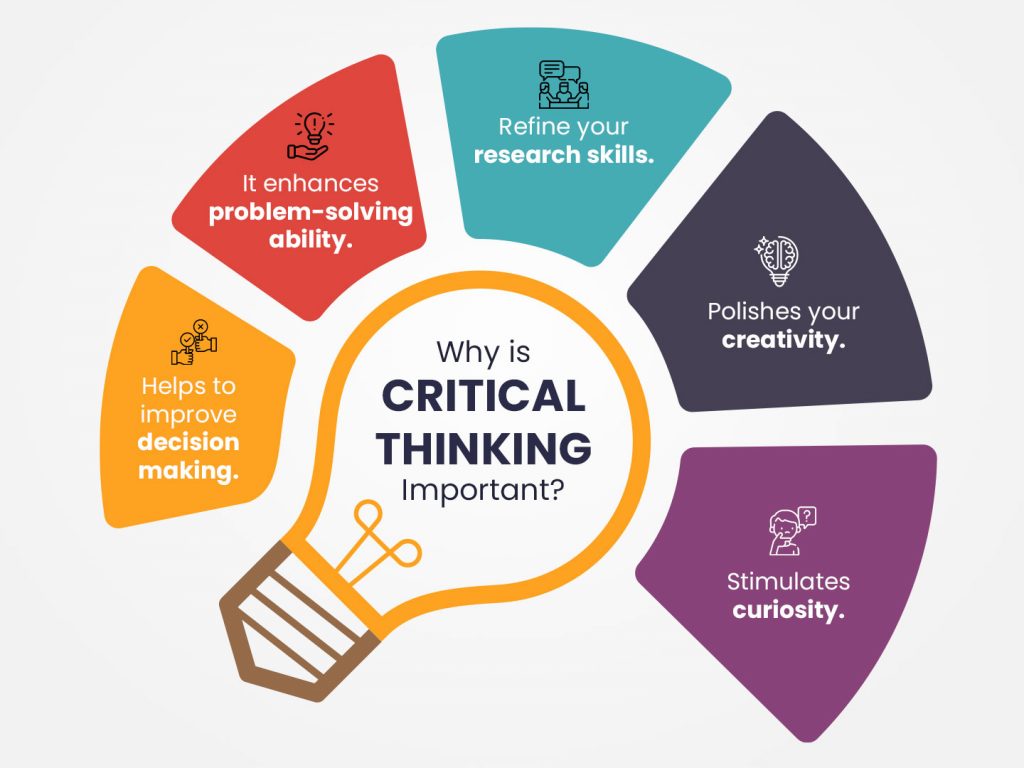The Scientific Method
The Scientific Method
The scientific method is "a method of research with defined steps that include experiments and careful observation" (Concepts of Biology, 2013). All of those fancy words really means that it is a process or method of research to get an end result. The use of the Scientific Method provides tools for students that go beyond the classroom setting by using critical thinking stills and applying knowledge. As a teacher, how could we apply the Scientific Method to help our students become more successful inside and outside of the classroom?
The steps in a Scientific Method:1. Make observation- What do you notice? Use all of your senses to find something worth noticing.
2. Ask a question- What makes you curious about what you noticed? Ask "Why?" to what you observed in step one.
3. Form a hypothesis that answers the question- Think about your question you asked. What do you believe will happen?
- A Hypothesis "is a suggested explanation for an event that can be tested" (Concepts of Biology, 2013). It is NOT a question, vague idea, or a hypothesis if it cant be tested.
4. Make a prediction-At this point, you already made an observation, and you have your question. Now you just need to think about making a prediction. What do you think will happen next under certain conditions?
- A Prediction is simply a guess at what you think might happen next based on information or what you observed. (If, ___, then ___. )
5. Experiment- What did you predict would happen? Create an experiment to see if what you thought would happen actually will happen. You are simply testing your hypothesis here.
Variables: Things that can change or vary during the experiment.
1. Independent- This variable can be changed.
2. Dependent- This variable can be measured.
3. Controlled- This is what is being held constant.
6. Analyze the results- Use the data received from the experiment to draw conclusions. If the hypothesis is supported, report the results. If the hypothesis is not supported, still report the data, but try again by forming another hypothesis.
Conclusion:
Using the Scientific Method requires students to use critical thinking skills. While this experiment is focused on making observations and drawing conclusions about science, it can be used outside of the classroom as well. "The Scientific Method steps can be adapted to solve everyday concerns" (Calvert Education, 2017). In the future for your students, a problem will arise, they will gather information, think about possible solutions, test those solutions, and follow back up to see if solves their problem. Most teachers use this method on a daily basis without even realizing it, and so will your students. Understanding how important it is to teach your students the Scientific Method so they can have that tool in their toolbox is necessary as an educator. Teaching goes far beyond the classroom, and preparing students for success in the future starts with making an observation. How are you using the Scientific Method to create successful people that goes beyond your classroom?
Scientific methodology & credible sources. The Biology of Sex and Death (Bio 1220).
(2017). The Scientific Method: Not just for science. Calvert Education.
Samantha, F. and Rebecca R. and James W. (2013). Concepts of Biology. OpenStax.



Comments
Post a Comment